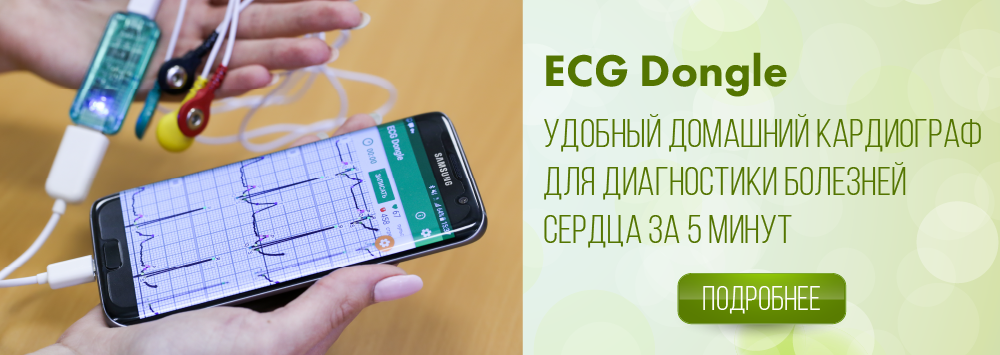Second-degree atrioventricular block type 1
Second-dergree atrioventricular block type1 occurs when part of the impulses from the sinus node do not pass via atrioventricular connection and do not come to the ventricles. Consequently, this part of the sinus impulses, blocked by the atrioventricular connection, cannot cause ventricular excitation. Therefore, there is no QRS complex, displaying a ventricular excitation, after P wave (atrial excitation) on an electrocardiogram. Thus, sinus impulses, passed atrioventricular node, lead to the formation of QRS complex. This is clearly to be seen on ECG: QRS complex will be recorded after P wave. On the contrary, sinus impulses, that have not passed atrioventricular node, will be "lonely", without communication with QRS complex, which is clearly seen on the electrocardiogram: isoelectric straight line records after P wave on ECG.
If the heart rate becomes less than 50 beats / min, and the patient has symptoms, the aim of treatment is to increase heart rate, because bradycardia contributes inadequate circulation (both systemic and in coronary arteries).
This pathology can be detected using ECG Dongle [1] and ECG Dongle Full [2].

